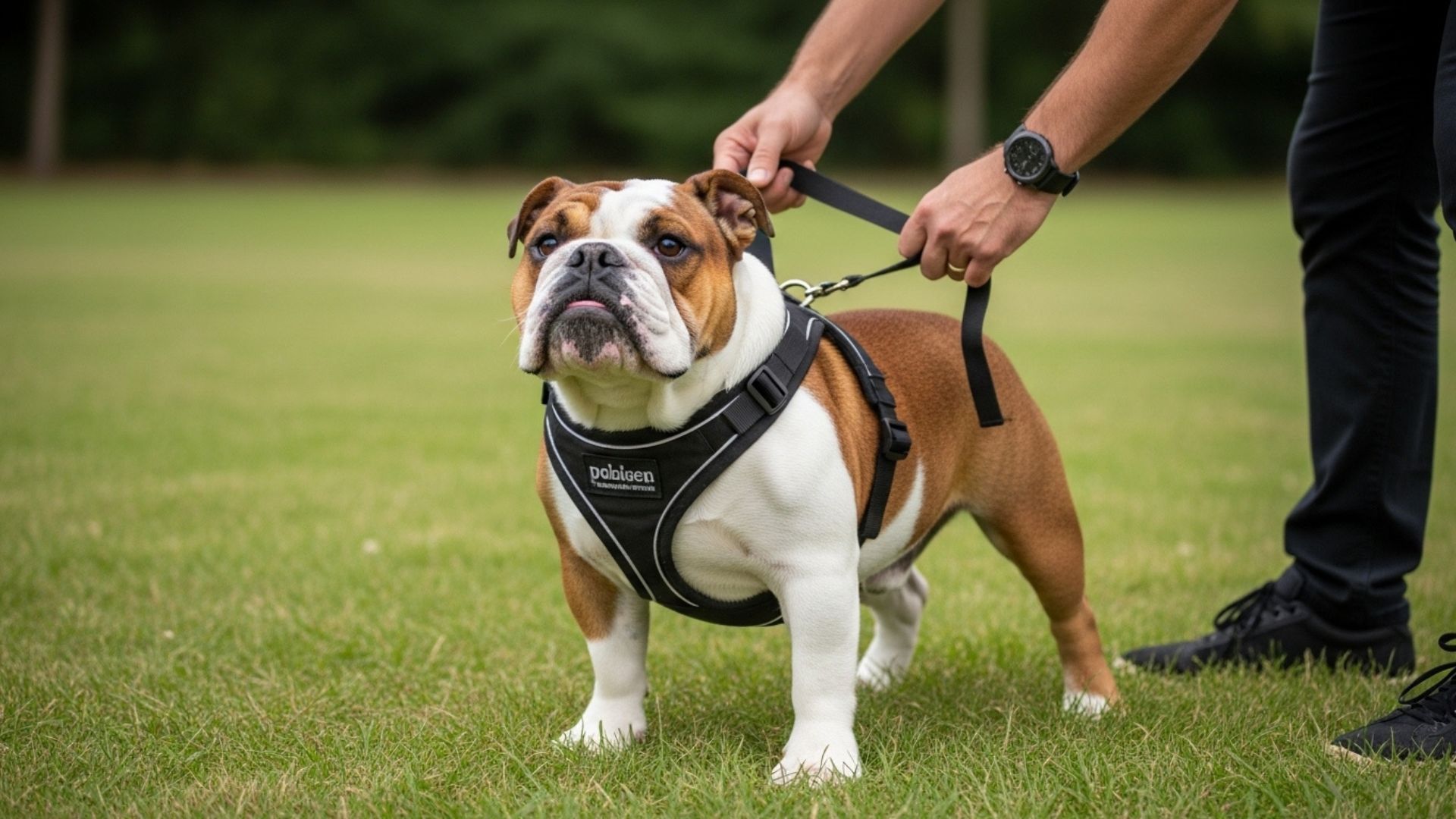Have you ever looked at your calm, laid-back pup and wondered why they’re so easy to train? It turns out there’s real science behind it. Dogs think, feel, and understand the world in ways that are far more complex than we often realize.
Their ability to read body language, follow social cues, interpret emotions, and adapt to their environment makes training feel effortless, especially for breeds that naturally prefer a slower, more relaxed lifestyle.
These gentle, low-energy dogs have great perception, patience, and intuition. They process information quickly, make smart decisions, and adjust their behavior to keep the peace at home. In a world full of fast-paced chaos, these “lazy” breeds are the true calm, collected companions; tolerant, easygoing, and surprisingly intelligent.
So if you’re a relaxed owner looking for a dog that’s just as mellow and easy to train, you’re in the right place. Let’s meet the breeds that prove you don’t need high energy to be highly trainable.
Quick Insight: Dogs have been social animals long before domestication. Many experts believe their natural pack instincts make them great at understanding hierarchy, which is why your pup sees you as the leader and happily follows your commands.
Lazy Dog Breeds That Are Easy to Train
1. Bulldog

Meet the Bulldog, once a powerful bull-baiting dog, now a gentle, lovable couch companion. Today’s English Bulldog is known for its courage, loyalty, and calm nature, making it one of the best low-maintenance and low-energy dog breeds for relaxed owners.
With their adorable wrinkled faces, easygoing personality, and slow, rolling walk, Bulldogs prefer cozy naps over long walks. A few short indoor play sessions are usually enough to keep this well-muscled pup in shape.
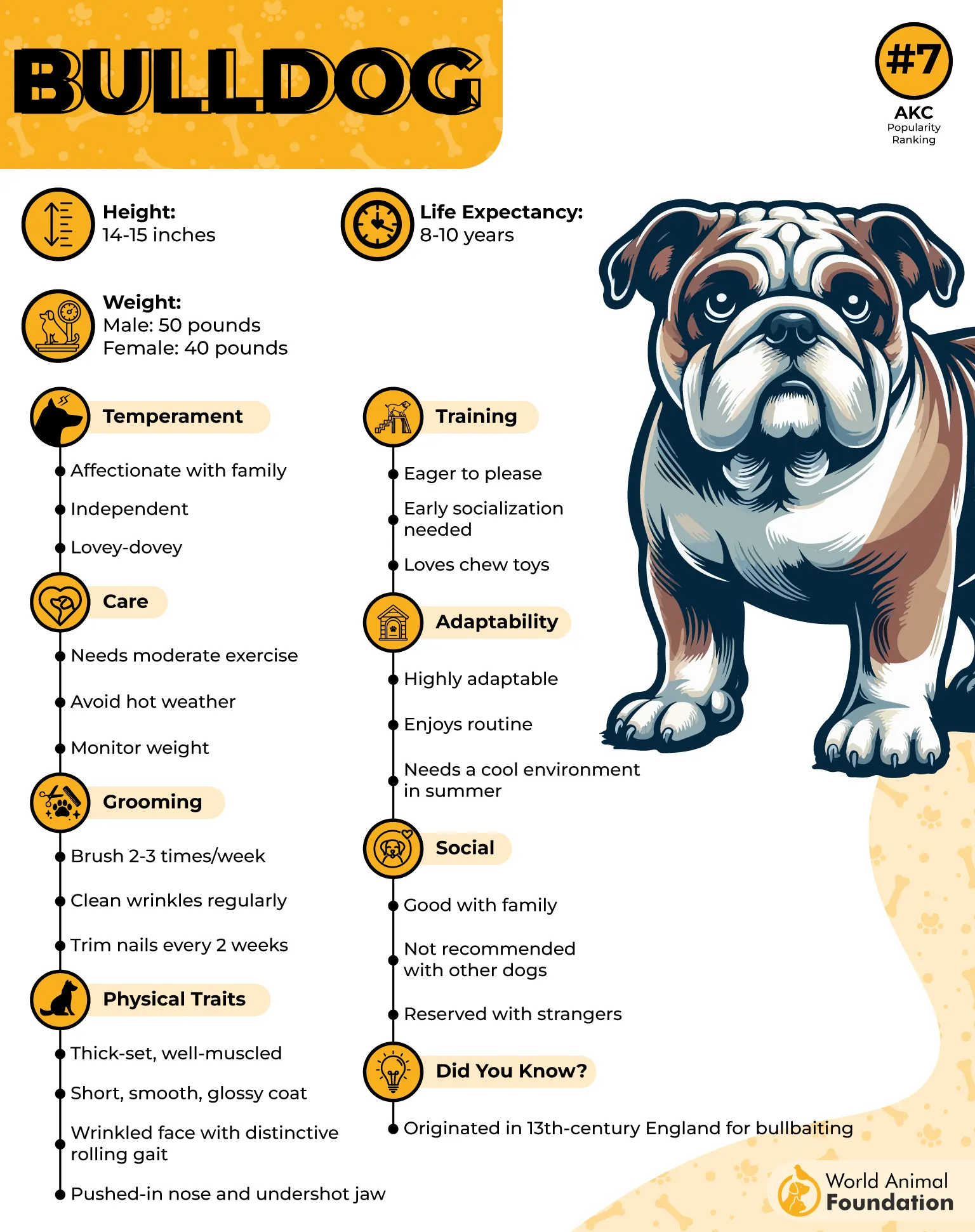
Perfect for first-time dog owners or busy families, Bulldogs are affectionate, friendly, and incredibly laid-back. If you want a dog who loves snuggling more than sprinting, this breed is an ideal match.
How to Train a Bulldog
Bulldogs are smart and easy to train when you use the right approach. Here’s what works best:
Use positive reinforcement. Reward good behavior with treats, praise, and affection.
Avoid harsh methods. Bulldogs can be sensitive and may shut down if scared or stressed.
Stay patient and consistent. These pups can be stubborn, so gentle repetition works better than force.
Set routines. A predictable schedule helps them learn faster.
Keep sessions short. It prevents frustration and helps maintain their attention.
2. Clumber Spaniel
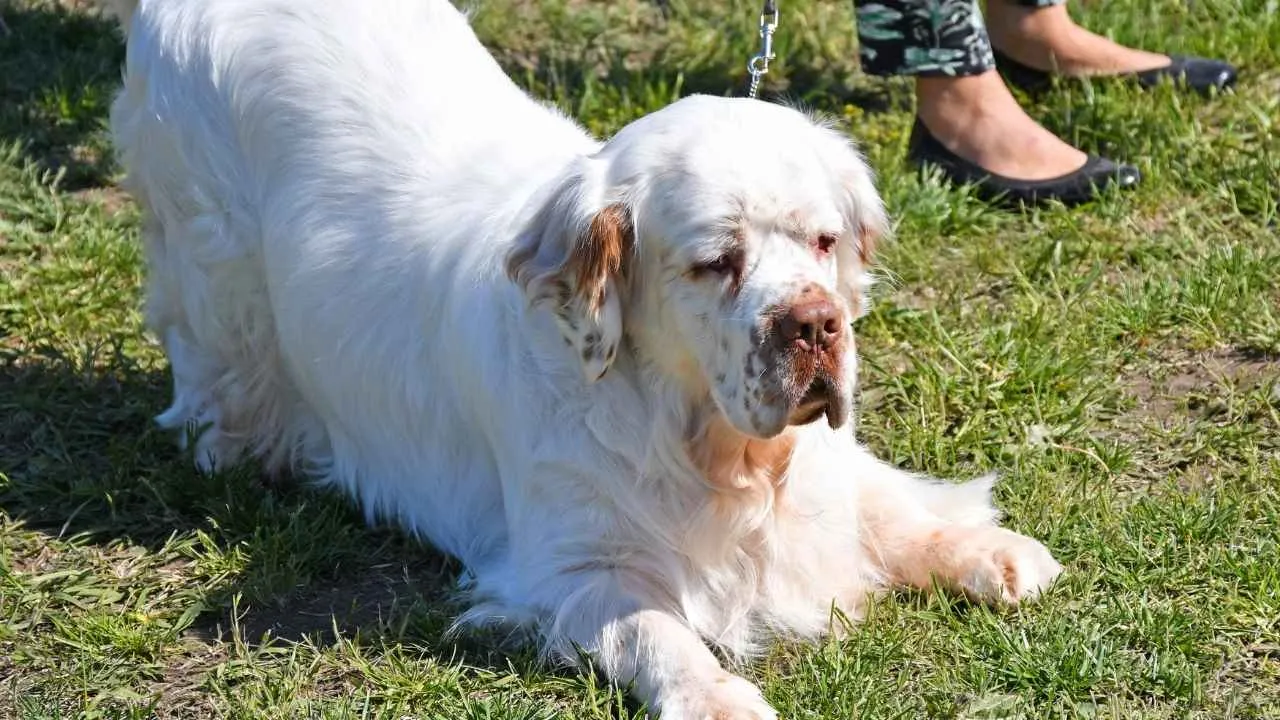
Now comes the Clumber Spaniel, a calm, gentle, and easygoing dog with a royal history. Once hunting partners of kings, these medium-to-large spaniels are known for their mellow personality and lovable nature.
According to Hill’s Pet US, Clumber Spaniels are the largest of the AKC flushing spaniels. They’re not just sweet and dignified; they’re also smart, outdoorsy, and eager to please. This makes them one of the best easy-to-train dog breeds for relaxed owners.
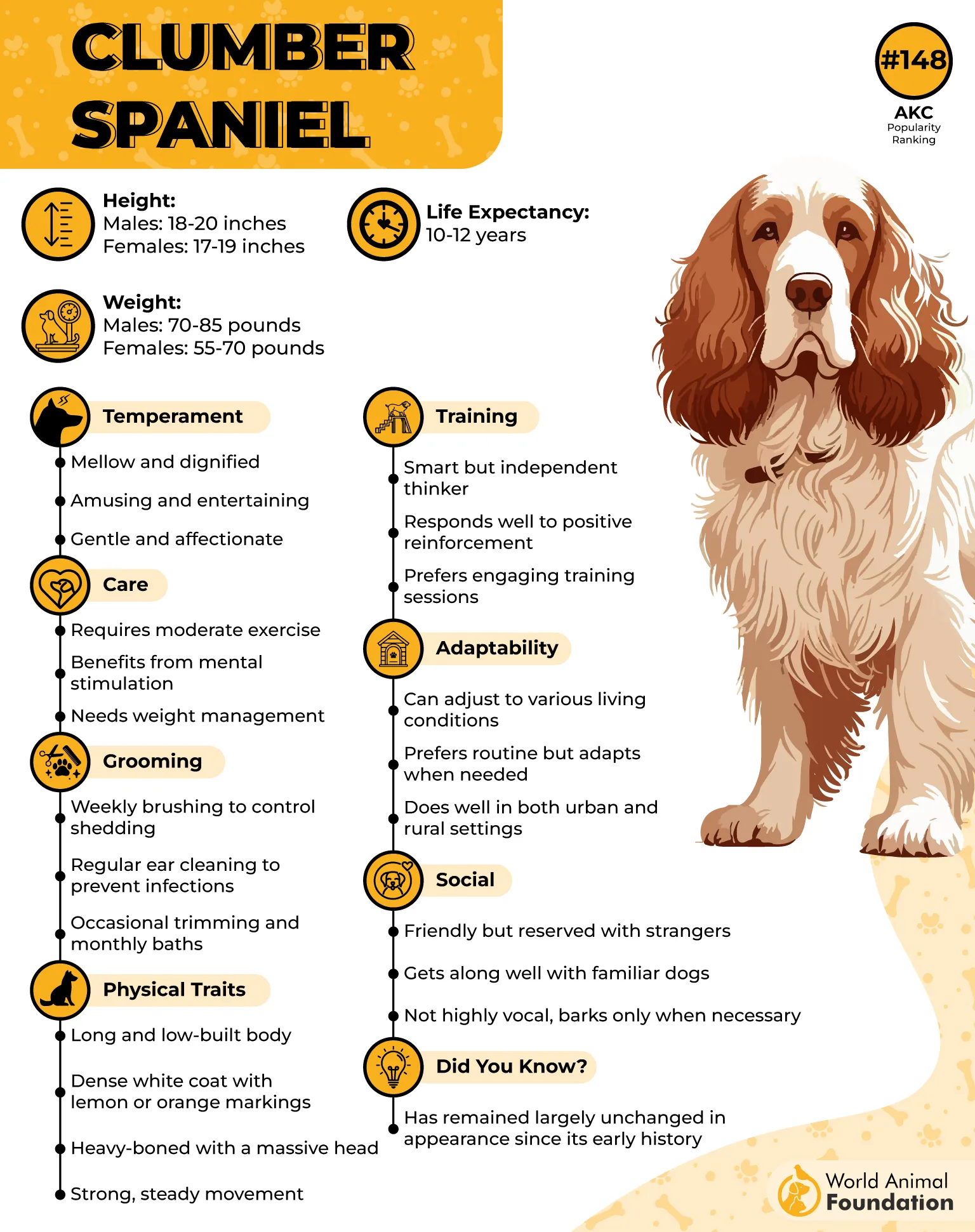
Clumbers enjoy daily walks, light play, swimming, or a good game of fetch. As long as they get steady, moderate exercise, these heavy but gentle pups stay healthy and happy.
How to Train a Clumber Spaniel
Clumber Spaniels respond wonderfully to balanced, reward-based training. Here’s what works best:
Classical conditioning: Helps your dog form positive associations, reduces anxiety, and makes new experiences less stressful.
Operant conditioning: Uses rewards and consequences to shape good behavior and improve obedience.
Clicker training: Great for marking desirable behavior and teaching new commands quickly.
3. Cavalier King Charles Spaniel

If you’re lucky enough to share your home with a Cavalier King Charles Spaniel, you already know how sweet, social, and charming these little dogs are. Gentle, cuddly, and always happy to be by your side, Cavaliers make some of the best companion dogs for relaxed owners.
They’re adaptable, intelligent, and eager to please, which makes them incredibly easy to train. Whether you live in a small apartment or a busy household, this laid-back breed fits in effortlessly and brings joy to every corner of your home.
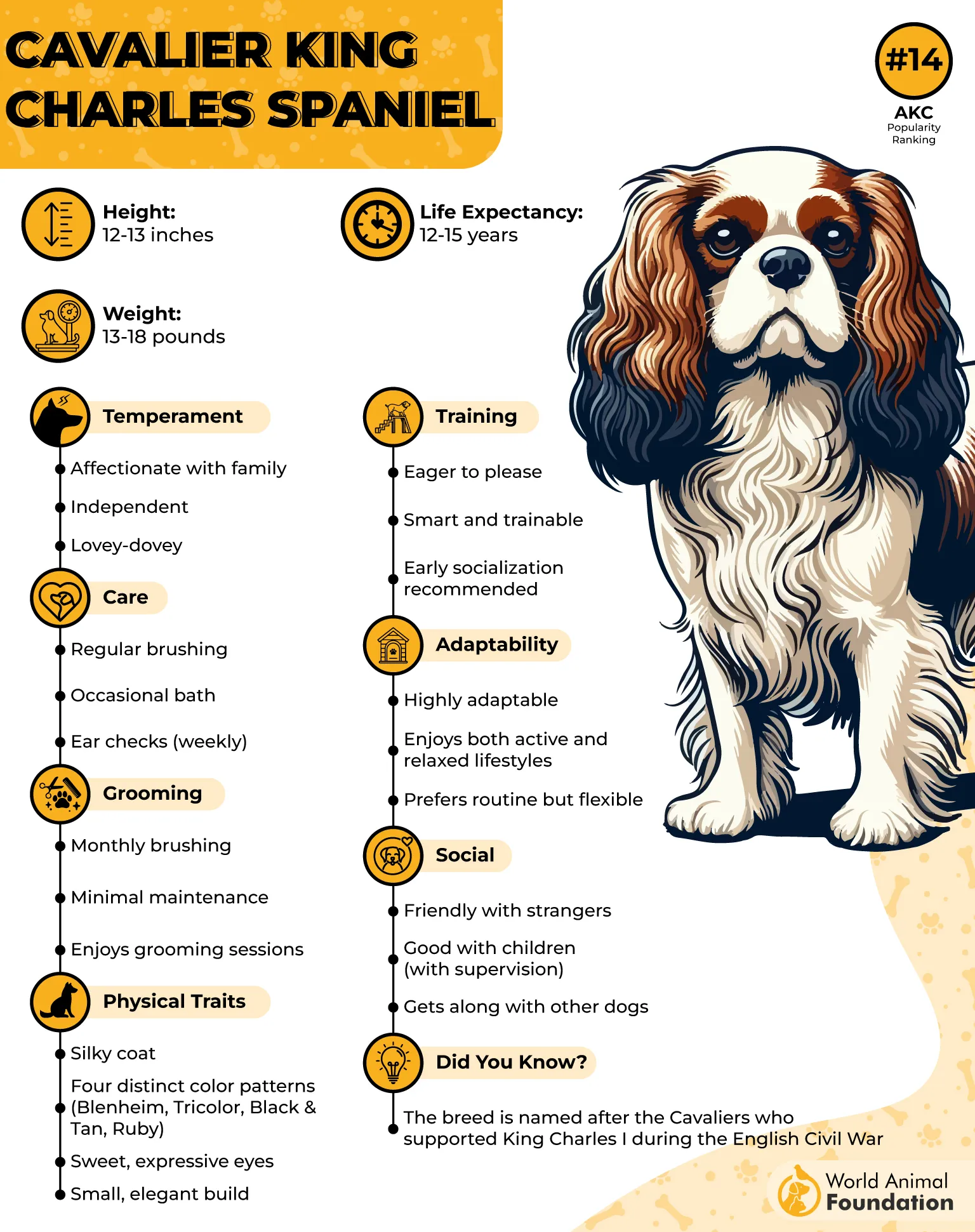
According to PetMD, Cavaliers form strong bonds with their owners and stay engaged during training sessions. With a bit of regular exercise and positive attention, they stay healthy, happy, and well-behaved.
How to Train a Cavalier King Charles Spaniel
These pups learn almost anything when trained with patience and kindness. Here’s what helps the most:
Use positive reinforcement: Treats, praise, and affection.
Keep training sessions fun and short to maintain their enthusiasm.
Teach a mix of obedience basics, agility, and even a few clever tricks. Cavaliers are up for it!
Communicate clearly and gently. This “Velcro dog” thrives on connection and trust.
Always prioritize humane, science-based methods. Avoid harsh corrections, fear, or outdated training techniques; these sensitive pups respond best to love, respect, and consistency.
4. Pug
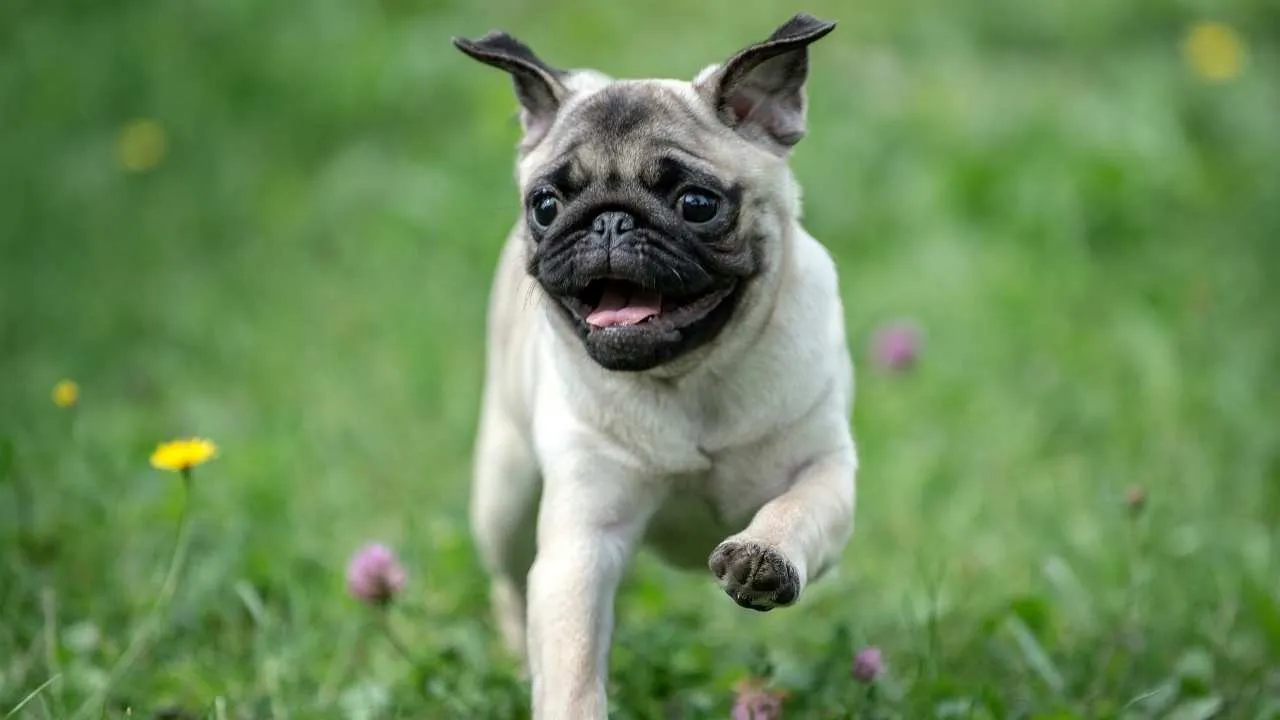
Some people look at a Pug and see a lazy dog, but this wrinkly, charming pup is so much more than that. While Pugs do enjoy lounging, they’re smart, loving, and full of personality. With their expressive eyes, adorable antics, and human-like emotions, these little comedians are guaranteed to make you smile.
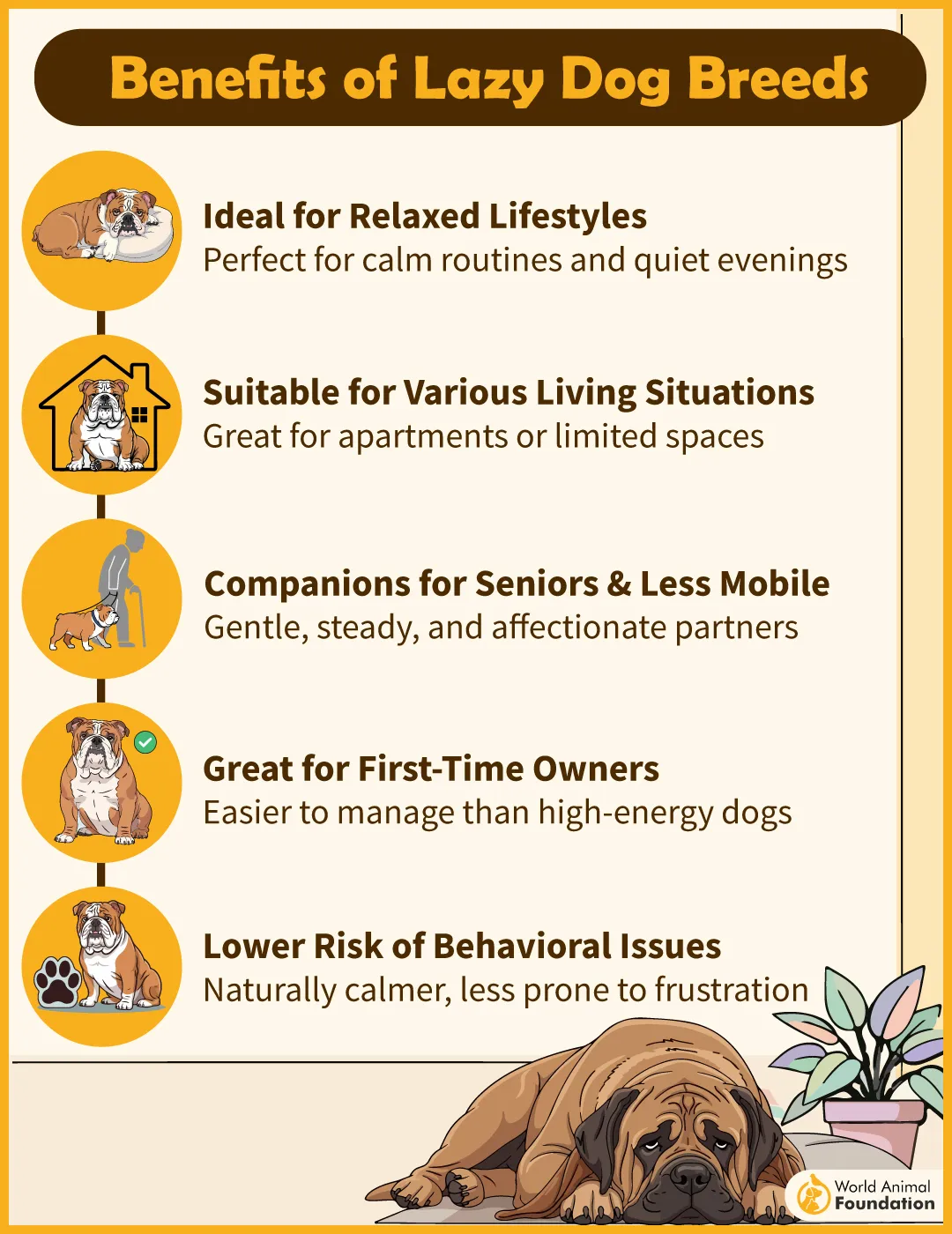
A favorite of Chinese emperors, Pugs bring joy everywhere they go. They may be laid-back, but they’re also playful, affectionate, and eager to be part of every moment.
The Continental Kennel Club notes that Pugs are ideal for apartment living. Their compact size, gentle nature, and love for cuddles make them wonderful companions for relaxed owners. Sturdy, loyal, and endlessly sweet, Pugs brighten any room they waddle into.

How to Train a Pug
Pugs respond best to gentle, positive training methods. Here’s what works:
Avoid forceful training. Pugs are sensitive and don’t learn well through fear or pressure.
Use treats and praise. These food-loving pups are highly motivated by rewards.
Keep training short and fun. Their attention span is small, so simple sessions work best.
Combine play, light exercise, and affection. This helps keep them healthy and focused.
A little patience and lots of love will help your Pug learn quickly, even if it needs a nap (or three) in between lessons!
5. Shih Tzu

Once bred as companions to monks and royalty in ancient China, the Shih Tzu is a lovable, silky-coated lapdog who fits perfectly into modern apartment life. Outgoing, playful, and full of charm, this little “lion dog” is happiest when relaxing beside you while you watch TV or go about your day.
According to Purina US, Shih Tzus enjoy short daily walks, tend to have fewer health issues than many larger breeds, and are generally easy to train. Known for their joyful, friendly nature, they bring laughter and sweetness wherever they go; you’ll never feel bored with a Shih Tzu by your side.
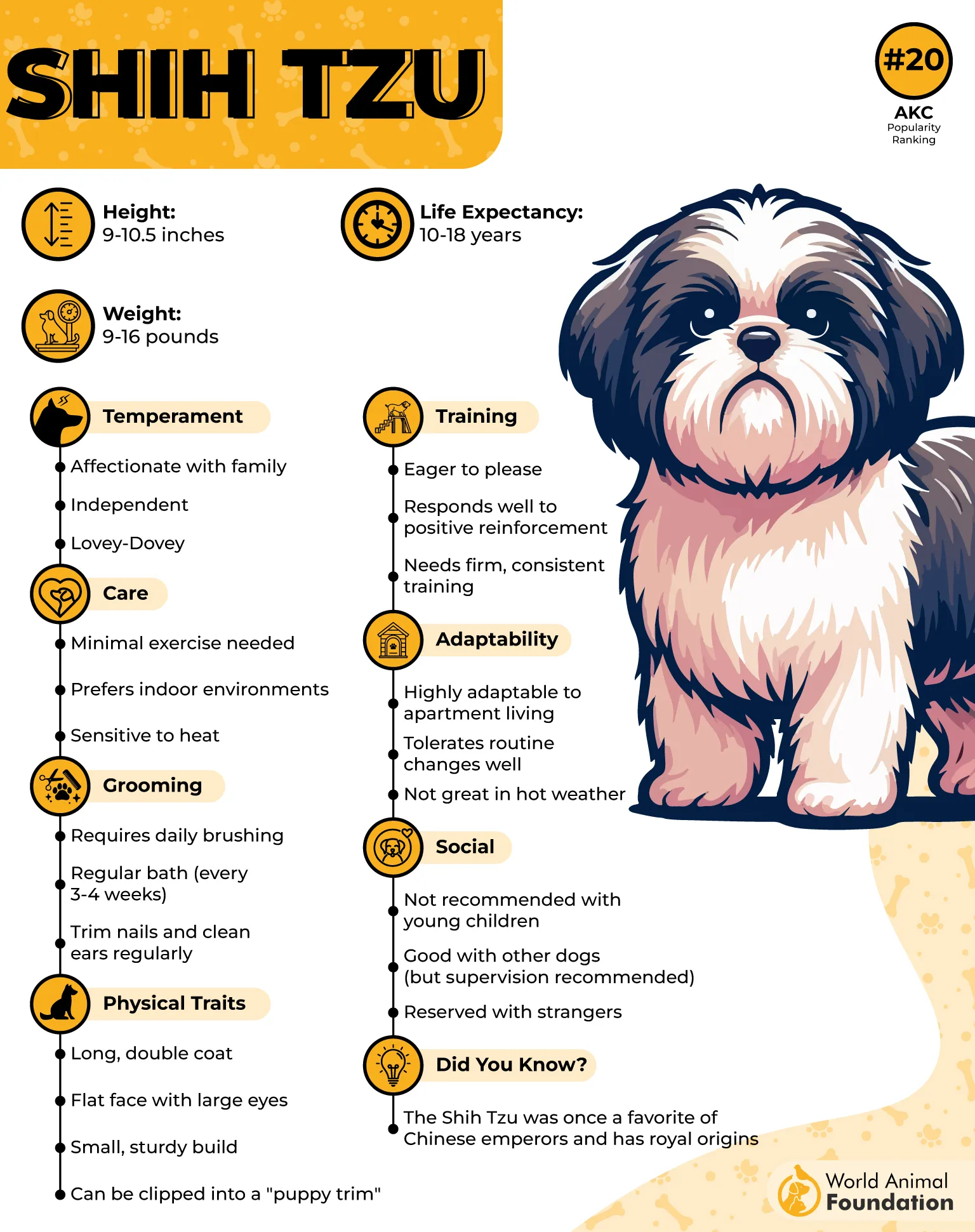
Small, social, and affectionate, Shih Tzus thrive with gentle guidance, regular playtime, and consistent routines.
How to Train a Shih Tzu
Because Shih Tzus are a brachycephalic breed, it’s important to avoid training in hot weather or pushing them too hard — overexertion can worsen their breathing issues. Gentle exercise, short walks, and fun indoor games help keep them healthy and happy.
When it comes to training:
Use positive reinforcement like treats, praise, and affection.
Avoid harsh or dominance-based methods. These outdated techniques can harm your dog emotionally and physically.
Stay patient and consistent. Shih Tzus learn best in a calm, loving environment.
Training should always come from a place of care and understanding. With kindness and patience, your Shih Tzu will become a well-mannered, joyful little companion.
6. French Bulldog
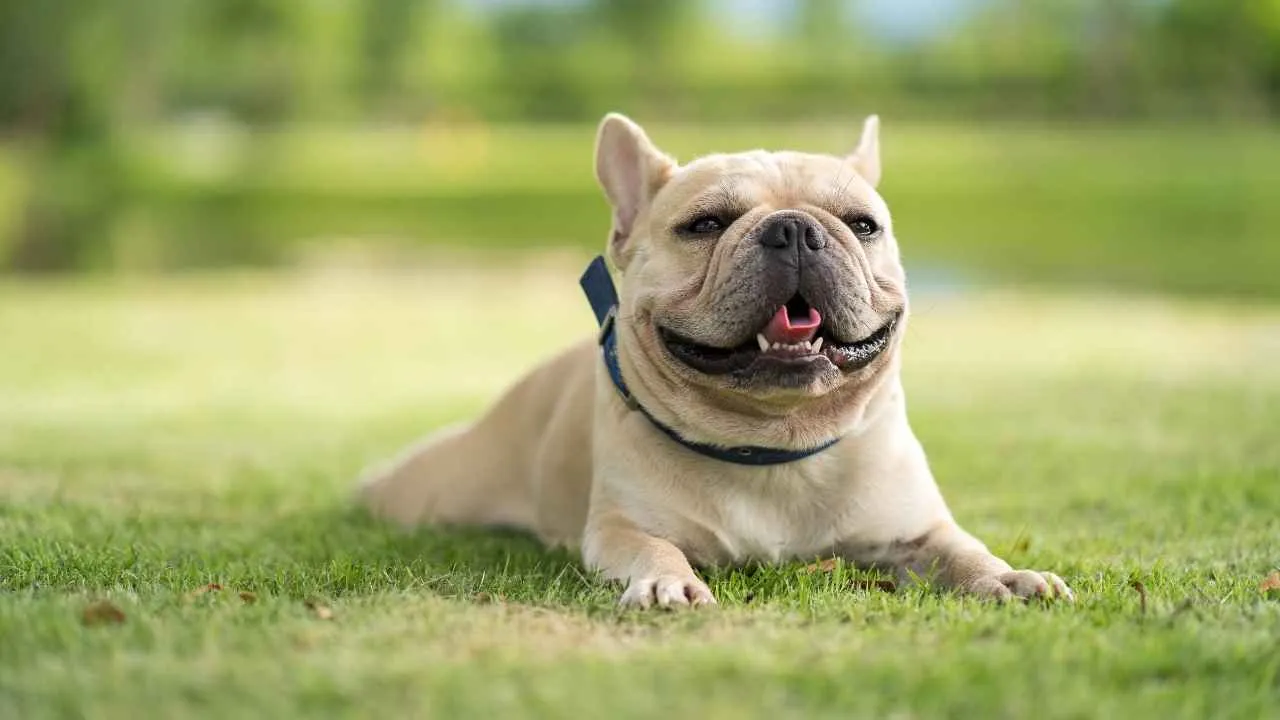
With their big bat ears, tiny noses, and adorable wrinkles, the French Bulldog is one of the most irresistible small dog breeds in the world, and it shows. They’ve been America’s most popular dog three years in a row, and it’s easy to see why.
According to Omlet, Frenchies are compact, muscular, and have a wonderfully calm demeanor. Their smooth coats are low-maintenance, and their relaxed nature makes them excellent apartment dogs, watchdogs, and travel companions. Whether you live alone or with a family, this adaptable, easygoing breed fits right in.

These quirky, expressive pups have charmed everyone from artists like Degas and Toulouse-Lautrec to modern city dwellers. They don’t need tons of exercise or intense early socialization to shine; their natural personality does all the work. Sweet, silly, and a little dramatic, Frenchies are a joy to raise.
How to Train a French Bulldog
French Bulldogs are sensitive, people-oriented dogs who form strong bonds with their owners. Because they dislike being left alone, it’s important to avoid triggers that may lead to separation anxiety.
Here are some training tips:
Use positive reinforcement — treats, encouragement, and lots of praise.
Set gentle boundaries. If they misbehave, taking away a toy (negative punishment) or briefly ignoring the behavior works better than harsh corrections.
Keep sessions short and fun. Their attention spans are small, but their desire to please is big.
7. Maltese
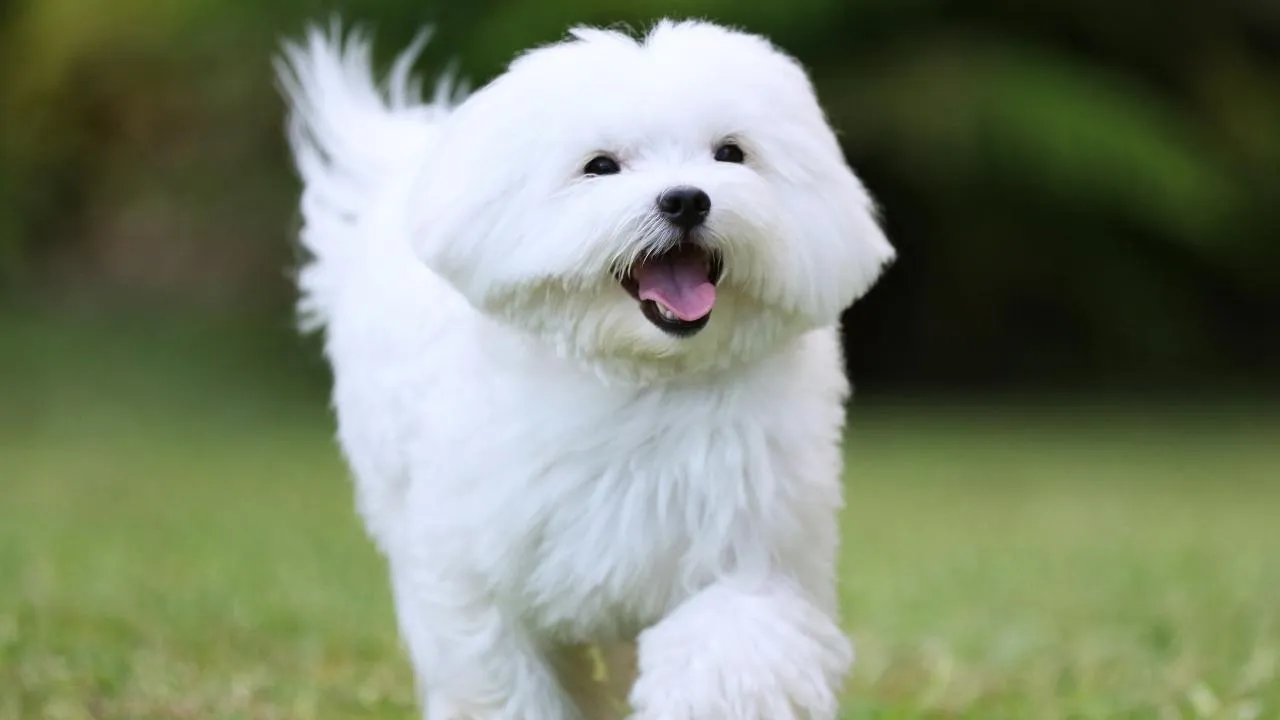
The Maltese is a tiny white beauty with a big heart. Despite their royal history and irresistible looks, this breed is humble, gentle, and incredibly loving. Their soft, silky coat and sweet temperament make them wonderful therapy dogs, bringing comfort to anyone who needs a little extra warmth.
These dogs have been adored by European nobles for centuries, but today they’re just as happy curling up on the lap of a modern pet parent. Friendly, affectionate, and easy to carry everywhere, the Maltese is a perfect companion for anyone who wants a small dog with a big personality.
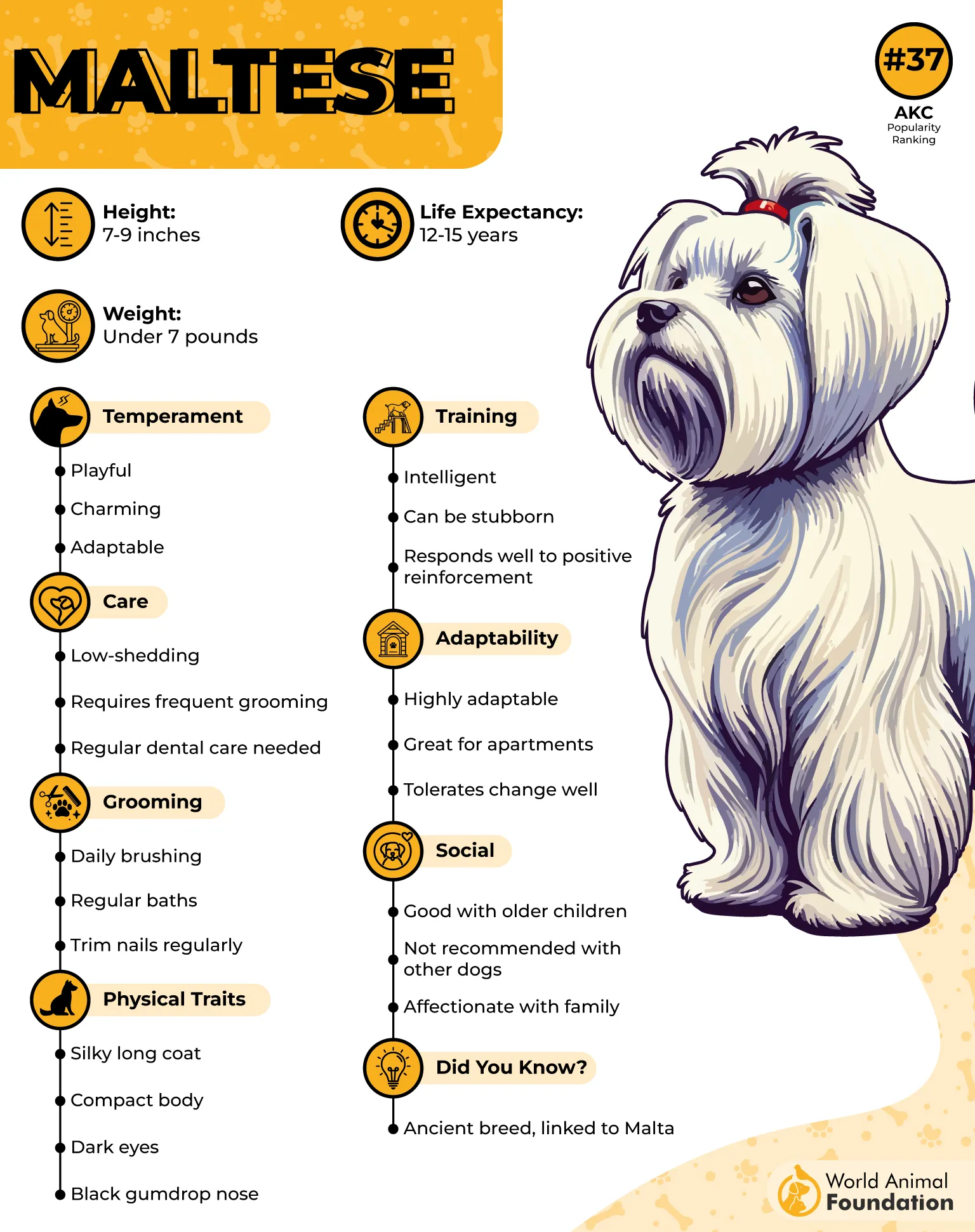
How to Train a Maltese
According to Orvis, Maltese dogs love being with their owners. The more they get to tag along, whether you’re running errands, working from a café, or taking a quick walk, the stronger your bond becomes. And with a strong bond comes easier training.
A few training tips:
These pups can be barky, so use classical conditioning to create calm associations and operant conditioning (rewards and praise) to reinforce good behavior.
Keep sessions gentle and positive. Maltese dogs respond best to kindness and patience.
Consistency is key. Their eagerness to please makes them quick learners when the training feels fun and safe.
8. Brussels Griffon

With their smushed faces, tiny beards, and big expressive eyes, Brussels Griffons look like little professors trapped in a dog’s body. Don’t let their serious expression fool you; these small dogs are active, confident, and incredibly loyal to their humans, even those ten times their size.
According to the AKC, Brussels Griffons were originally bred to hunt rats and keep stables and horse-drawn cabs free of pests. This earned them the nickname “Hansom Cab Stable Dog.” Their sharp minds and energetic nature still shine through today.
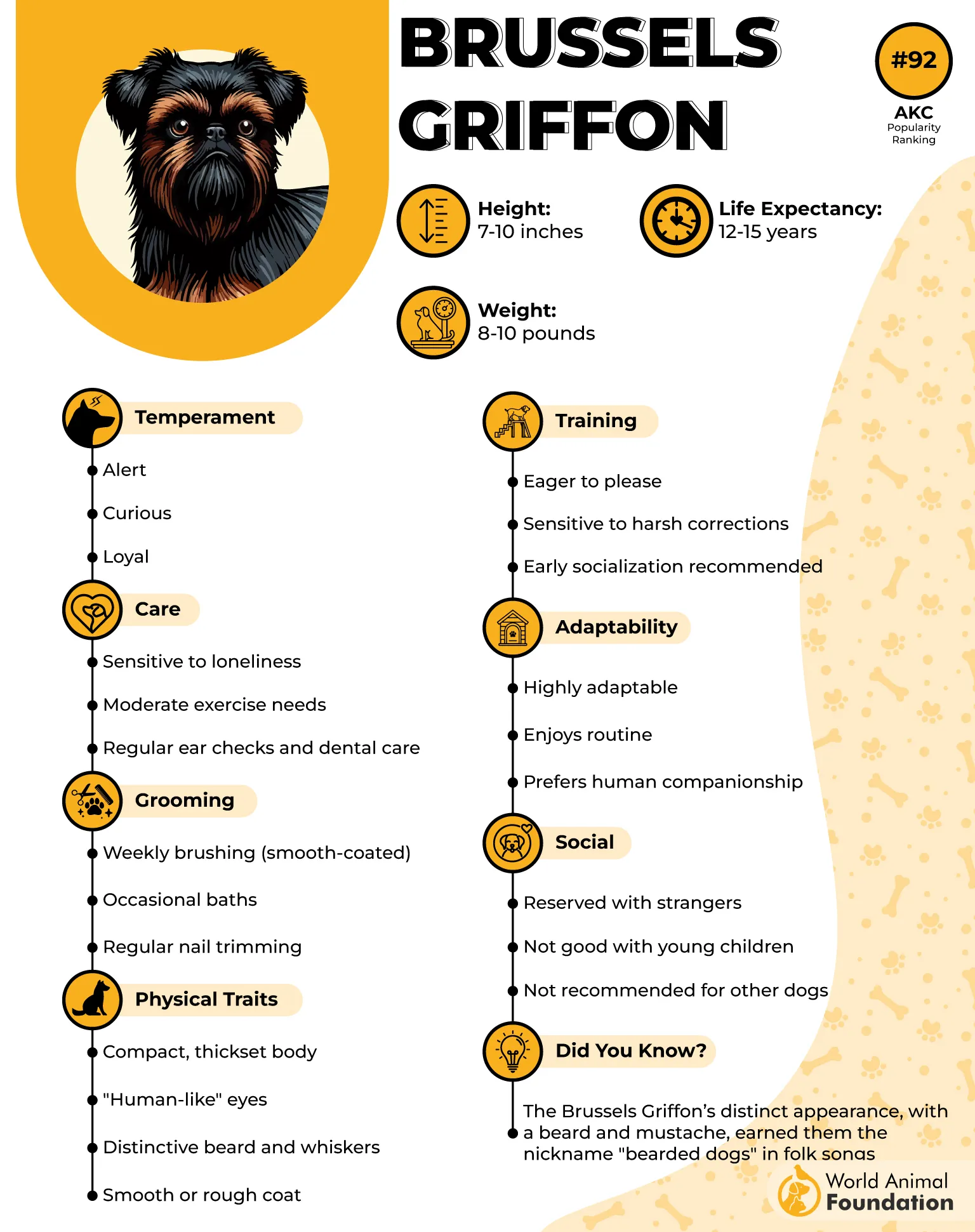
If you’re an active person or someone who loves adventure, this little dog will match your energy perfectly. A Brussels Griffon loves to learn, explore, and stay busy, making training both fun and rewarding.
How to Train a Brussels Griffon
Training a Brussels Griffon is all about letting them burn energy and use their brain. Here’s what works:
Give them fun physical challenges like agility courses, and they love to show off.
Let them explore safely off-leash in fenced areas to satisfy their curiosity.
Keep sessions energetic and positive. These smart pups thrive on mental and physical activity.
9. Havanese
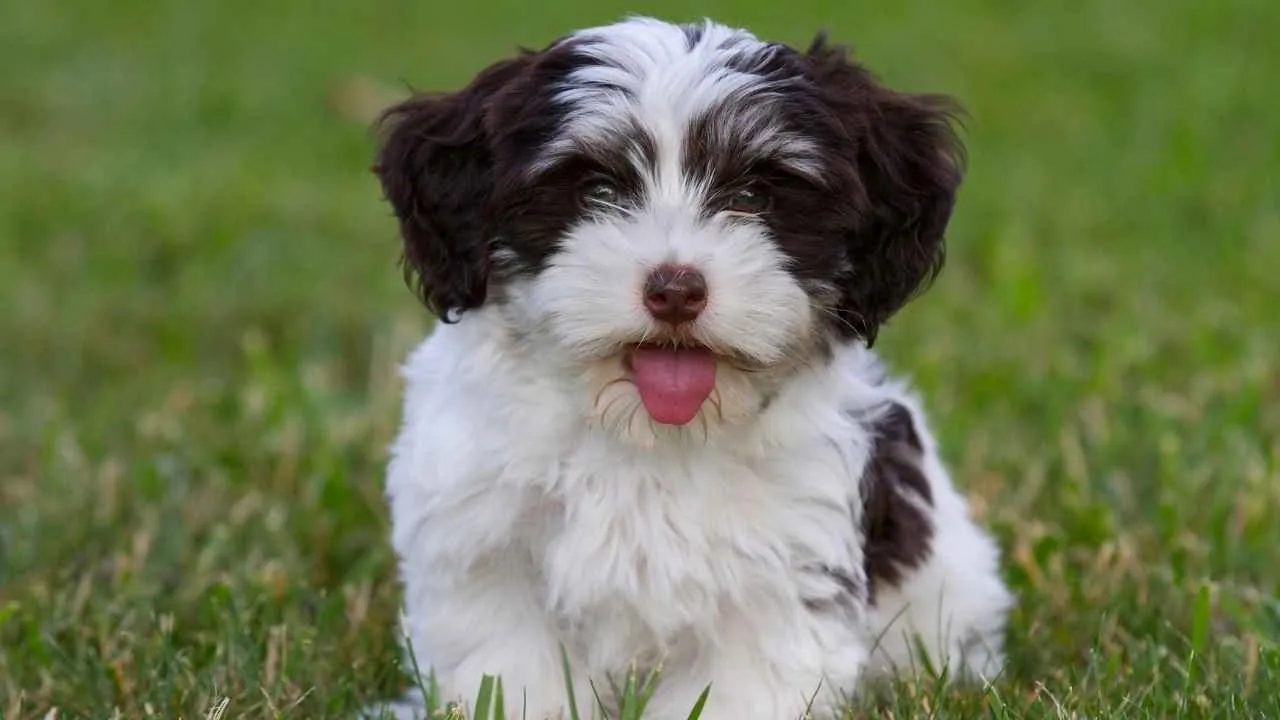
The Havanese is a tiny mood booster wrapped in silky fur. As the national dog of Cuba, this cheerful little companion is curious, clever, and incredibly affectionate. With sharp senses and a bright, friendly personality, the Havanese learns new things quickly and adapts well to almost any home.
These social butterflies thrive on attention and love being included in everything you do. With their soft, hypoallergenic coats, wagging tails, and warm brown eyes, they attract “aww” and “wow” everywhere they go.
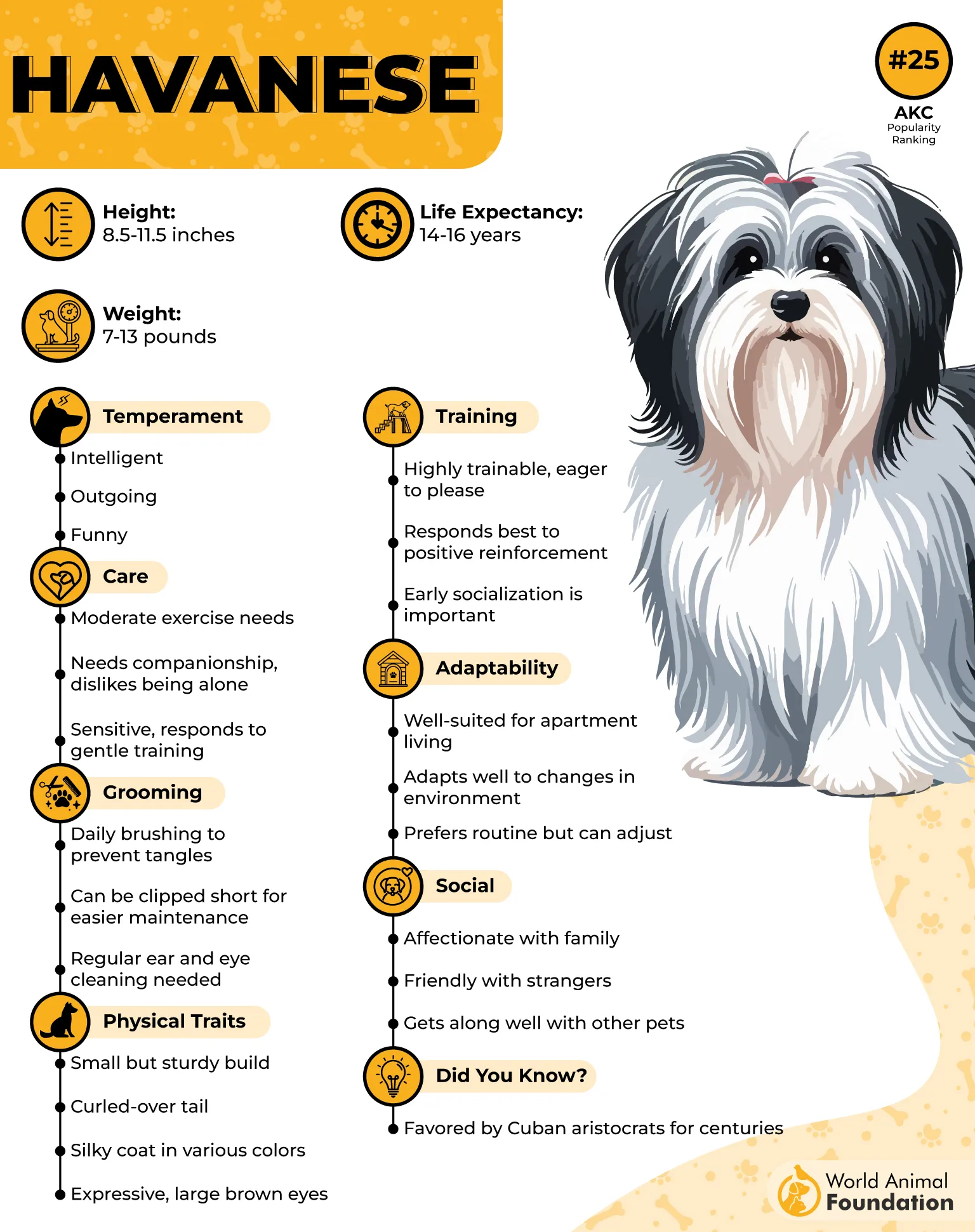
According to VCA Animal Hospitals, Havanese dogs aren’t just homebodies; they love going out, meeting new people, and exploring new places. Don’t be surprised if your Havanese brings you your keys or nudges you toward the door. In their minds, every stranger is simply a friend they haven’t met yet.
How to Train a Havanese
Training a Havanese is easy and enjoyable. These intelligent pups pick up new cues quickly and respond beautifully to gentle, positive methods.
Tips for success:
Build a strong bond. Connection is everything for this breed.
Use treats, praise, and affection to reward good behavior.
Keep training fun and consistent.
Lead with a gentle hand. This sensitive pup listens best when he feels safe and loved.
10. Basset Hound

Slow-paced, sweet, and always a little sleepy-looking, the Basset Hound is the definition of a laid-back best friend. Originally bred to help hunters track game on foot, this breed has one of the most powerful noses in the dog world, second only to the Bloodhound. If there’s a scent worth following, a Basset will find it.
According to Chewy, Basset Hounds are basically the “Pisces” of the dog world; gentle, dreamy, mellow souls who just want peace and quiet. They’re not built for marathons or mountains, but they’re perfect for people who prefer slow strolls, cozy evenings, and stopping to literally smell the flowers. And once they catch a whiff of something interesting? Get ready… they’ll follow that trail with hilarious determination.
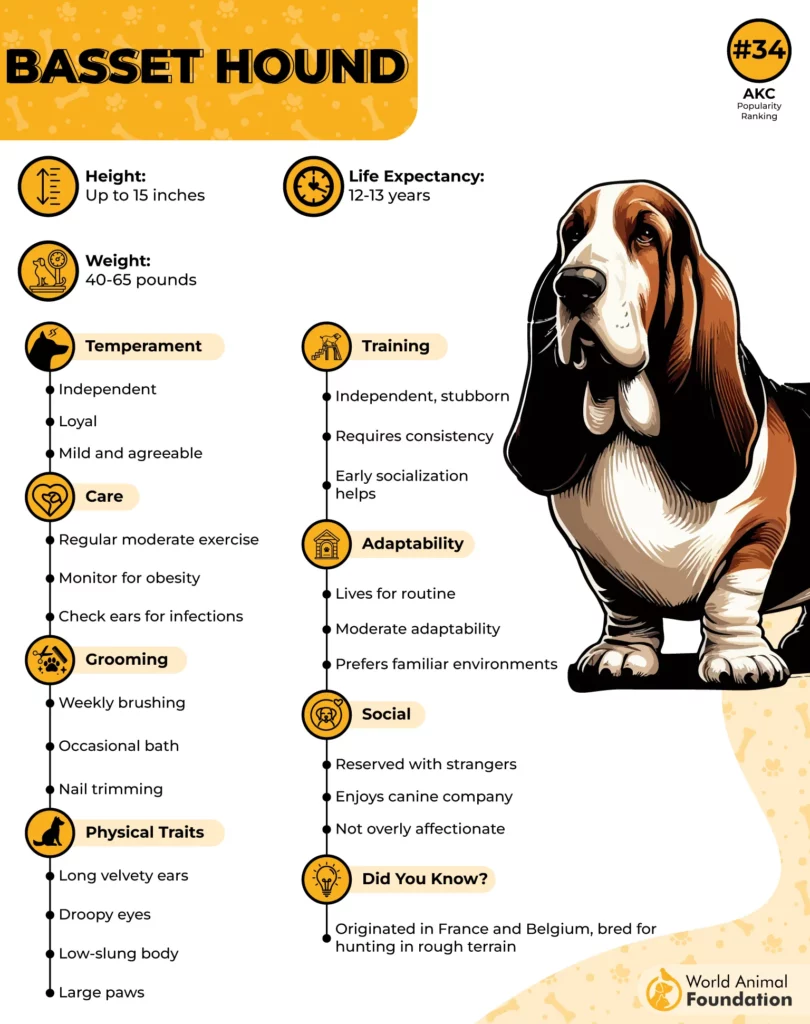
These mellow sniffing machines can be a handful during training, especially when distracted by smells, but with patience and a little creativity, you’ll have a loyal cuddle buddy who showers you with oversized snuggles on the couch after every adventure.
How to Train a Basset Hound
Basset Hounds are smart, but their laid-back, nose-driven nature means they need creative, scent-based training to stay motivated.
Training tips:
Make sessions fun and scent-focused; their nose is their superpower.
Keep expectations realistic; they’re not big on people-pleasing.
Use high-value treats and short, engaging activities.
Reward them with tracking games or sniffing time, their favorite “currency.”
Conclusion
At the end, it is important to emphasize the fact that our dogs need to learn in a calm, stress-free way. A flexible obedience training approach that caters to all of our four-legged companions’ needs and consistency can get any pup, even the larger, more stubborn version cave and claim defeat.
However, we recommend that you choose these small, long-lived creatures that are neither prone to dogma nor division, are capable of thinking out of the box, and are not stuck up in their ideals like some resistant, independent nature puppies.
Hence, if you are impressed with this long list of tiny couch potatoes, then there are some more whom you should definitely know about. For example, the Bichon Frise, Chinese crested, Bolognese, Coton de Tulear, Löwchen, etc.
Moreover, if you want to look into some larger breeds with the same laid-back energy levels, try Irish wolfhounds, Chow chows, Saint Bernards, and Great Danes, that all happen to be gentle giants with the same easy-to-train personalities.


